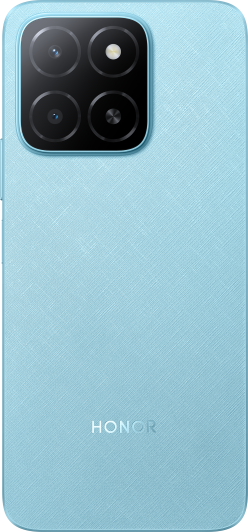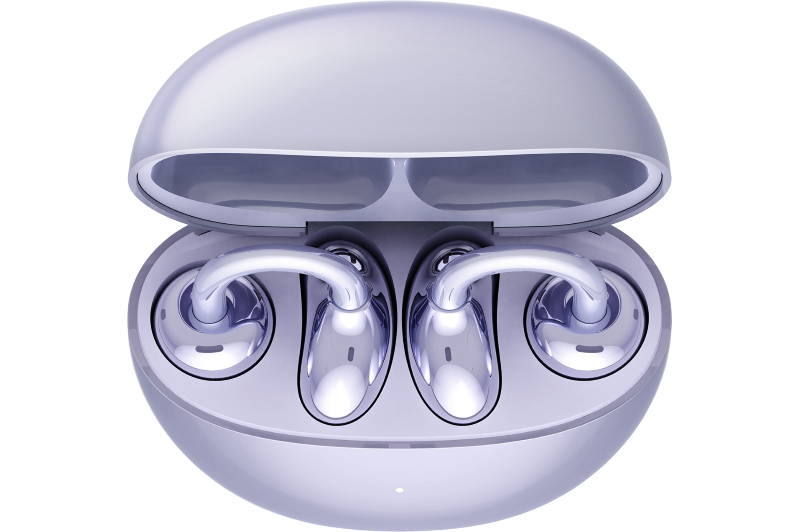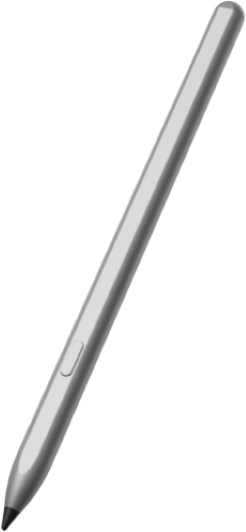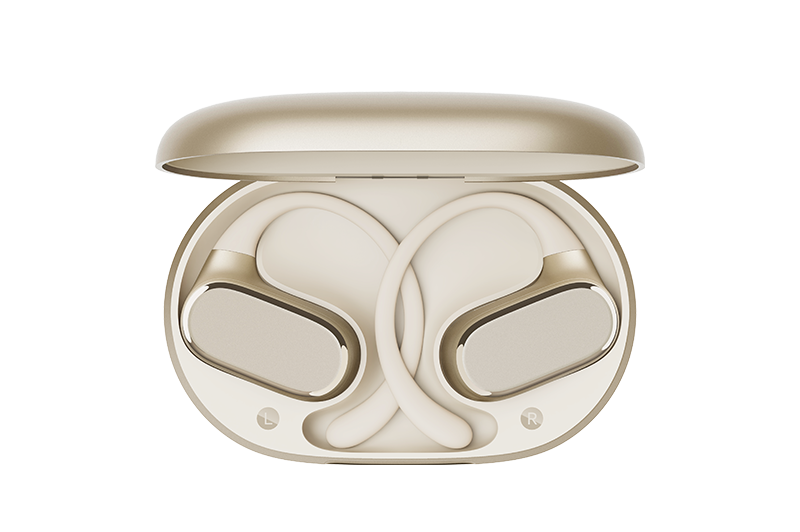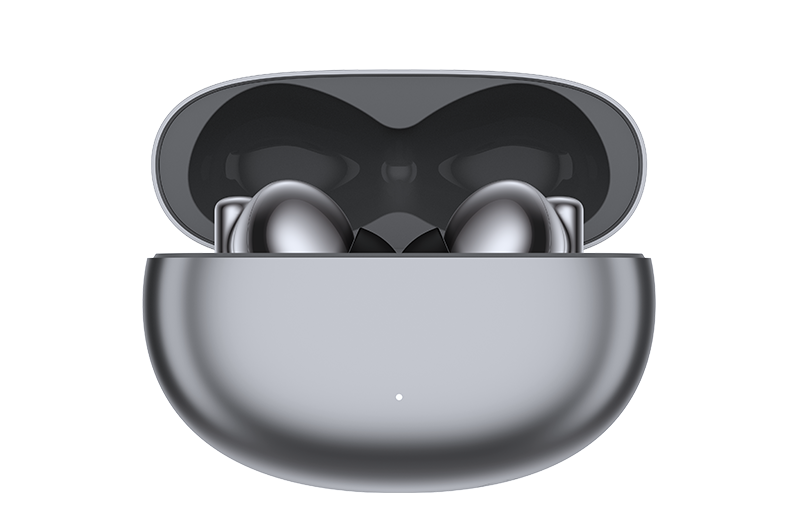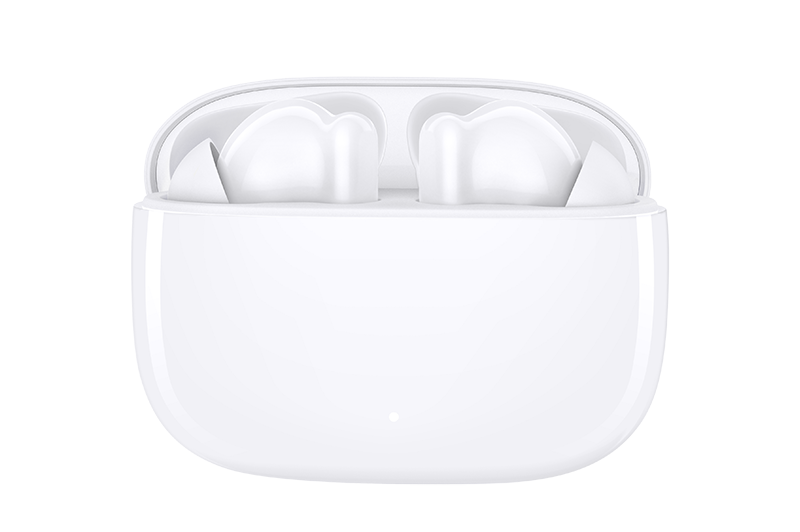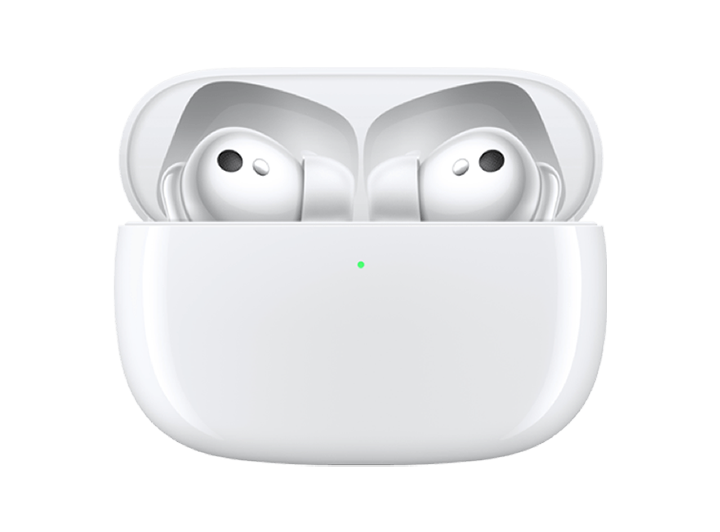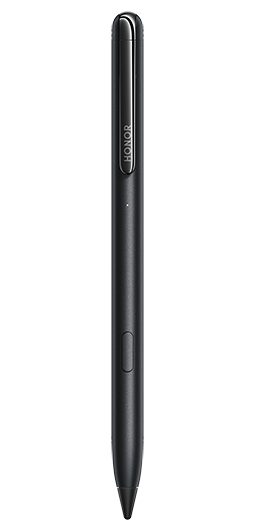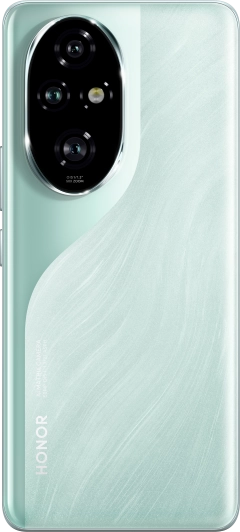TOP

我的荣耀 开启荣耀之旅
To log in to your account, you must first agree to the HONOR PLATFORM TERMS OF USE and HONOR Platform Privacy Statement . If you do not agree, you may only browse the site as a guest.
*You can unsubscribe at any time, Please see our Privacy Statement for details.

Expanding Horizons: Hinge Mechanism in Foldable Phones
Embracing the future of technology, hinge mechanisms play an integral part in the revolution of foldable phones. Hinge mechanisms in foldable phones transform the standard digital communications format by providing a unique, compact design that combines style, convenience, and innovative engineering. This article navigates the relevance of a reliable hinge, the underpinning essence of foldable phone design, and the factors influencing the quality of such a vital component.
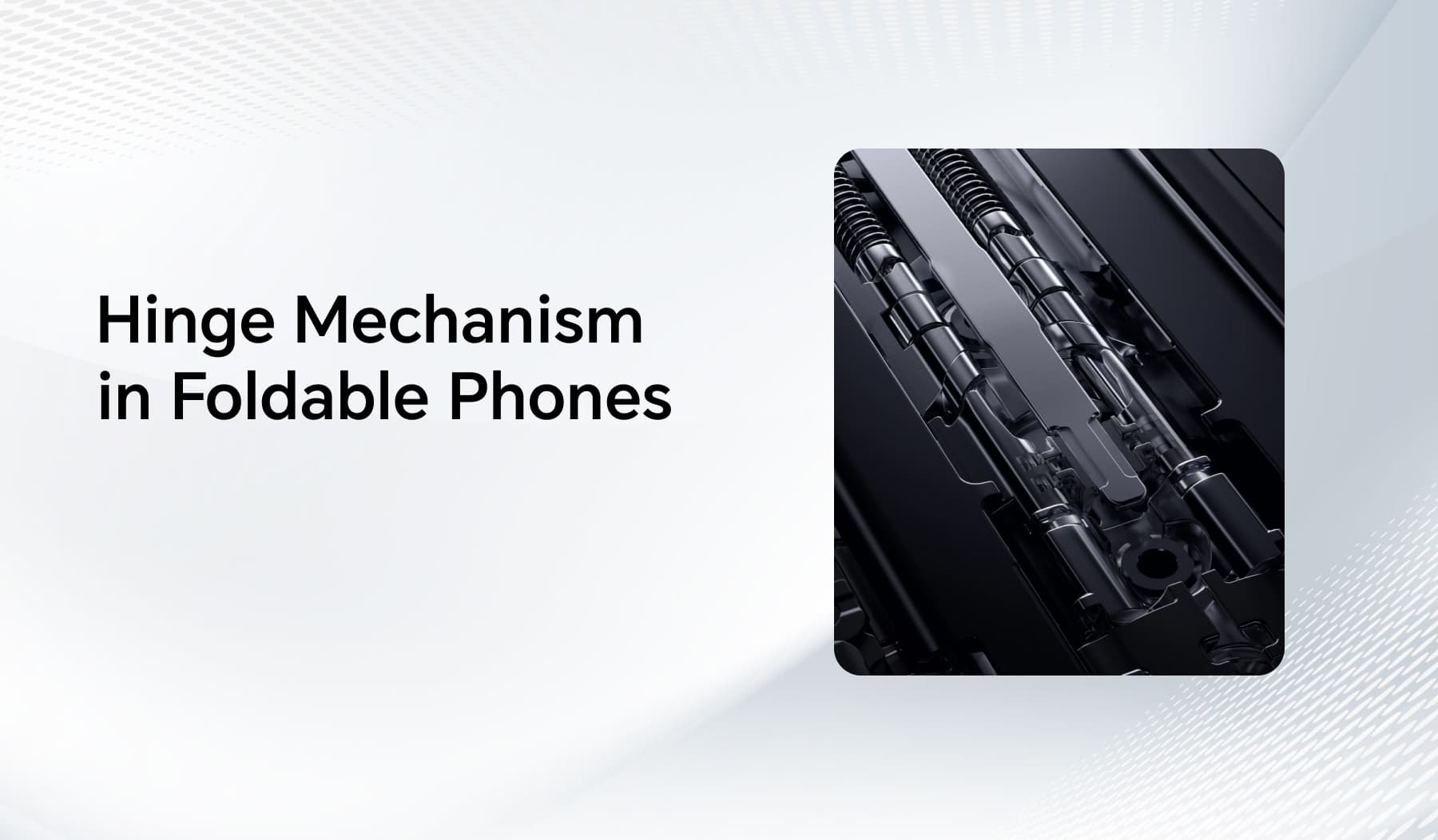
What Is Hinge Mechanism in Foldable Phones?
A hinge mechanism in foldable phones is a crucial component that enables mobile devices to bend, providing users the flexibility of collapsing or expanding the phone's display. This transformative feature multiplies their functionality, paving the way for various new use cases such as larger screens for content viewing or doubling as a compact tablet while retaining its portability. The hinge mechanism is responsible for ensuring a seamless fold that aligns with the existing components such as the display and, in some cases, curving the screen without distortion.
The hinge is a specially designed mechanical system with intricate engineering, expertly crafted to hold the multiple layers and innovative materials of a foldable phone together. It is responsible for not only allowing the device to bend but also maintaining its structural integrity when folded or unfolded. With enhanced tolerances and consistency in movement, the hinge manages to combine functionality with aesthetics, thus delivering a smooth, well-integrated user experience.
How Important Is a Reliable Hinge for a Foldable Phone?
A reliable hinge is indispensable for a foldable phone, as it is the cornerstone of the device's performance, user experience, and longevity. A well-designed hinge ensures that the phone seamlessly and consistently transitions from folded to unfolded status, providing the user with an ergonomic and user-friendly experience. Additionally, a hinge that is improperly designed may lead to unintended damage to the phone's components, such as the display or internal connections.
Furthermore, a dependable hinge significantly impacts the foldable phone's durability and lifespan, as it is subject to repetitive folding and unfolding. The hinge must be built to withstand the wear and tear of regular use, as this constant movement can take a toll on its functioning. By ensuring that the hinge is sturdy and dependable, users can be confident that their device will endure the challenges of daily life without any issues.
Factors That Affect the Quality of a Hinge

Here are the most prominent factors that greatly affect the quality of a hinge:
Material Selection
Selecting the right materials for a hinge is crucial in ensuring its longevity, durability, and overall performance. High-quality materials like stainless steel and/or aluminum alloys provide the strength and wear resistance required for foldable phone hinges. Some manufacturers opt for more advanced materials like Liquidmetal, an amorphous metal alloy, which is known for its high strength-to-weight ratio, corrosion (rust) resistance, and wear resistance - making it a suitable choice to ensure the hinge performs optimally.
Moreover, choosing the appropriate materials for the interlocking components, such as gears, bearings, and any additional layers necessary for the hinge's proper functioning is equally vital. The overall objective is to attain an effective balance of strength, stiffness, and wear resistance, enhancing the user experience and prolonging the device's lifespan.
Engineering and Design
The engineering and design of a hinge are fundamental in ensuring its quality, performance, and user satisfaction. Superior design accommodates a seamless transition between the folded and unfolded states while maintaining the structural integrity of the phone. This requires a precise arrangement of interlocking gears, bearings, and other components to provide the necessary stability, support, and consistent movement.
Proper hinge engineering also takes into account the phone's display material, its flexibility, and how it folds without causing any damage or distortion. Engineers must address issues such as creases and folds, which can lead to display malfunction or deterioration over time. Consequently, the design should carefully integrate all the interconnected components to achieve a smooth, efficient, and aesthetically pleasing user experience.
Durability and Stress Testing
To assure the quality and reliability of a foldable phone hinge, durability and stress testing are essential. Meticulous testing of the hinge and its components ensures that it can withstand the challenges of daily use and repeated folding. This involves undergoing numerous cycles of opening and closing, torsion tests, drop tests, and other simulations that mimic real-life usage scenarios.
This stringent testing process also allows engineers and designers to identify any potential weak points or inconsistencies in the hinge's performance, warranting revisions or improvements. Such thorough analysis and rigorous verification of durability standards guarantee that the hinge will hold up to the demands of everyday usage while minimizing the risk of malfunction or failure.
Environmental Factors
Environmental factors play an important role in the quality and performance of a foldable phone hinge. Foldable phones are exposed to various environmental conditions such as temperature fluctuations, dust, and humidity. Consequently, the hinge must be designed to ensure its operability and durability are not compromised under different environmental circumstances.
For instance, hinge materials and coating should be resistant to corrosion, preventing premature deterioration. Dust resistance is equally important to prevent particles from accumulating and affecting the internal components. Lastly, temperature changes can cause expansion or contraction of materials; thus, a well-thought-out design must adequately address this challenge and guarantee functionality, regardless of external factors.
To provide a real-world example of premium hinge design and engineering, at HONOR, we've invested significant time and resources into perfecting the hinge mechanism of our HONOR Magic V2. Our commitment to excellence ensures that our users get a smooth and durable folding experience. The Magic V2 is not only a showcase of our advanced technological capabilities but also an embodiment of our dedication to quality. Elegantly designed, this device boasts a 7.92-inch inner OLED screen and a 6.43-inch external OLED display, both refreshing at an impressive 120Hz rate. We've ensured it's lightweight and compact, weighing just 231g for the PU version and 237g for the Glass variant. When folded, it tucks neatly with dimensions of 156.7 x 74.0mm, and when you unfold it, it expands to 156.7 x 145.4mm.
Under the hood, we've powered it with the formidable Snapdragon 8 Gen 2 processor. Depending on your needs, you can choose from multiple storage configurations: 16GB+256GB, 16GB+512GB, or for those seeking the pinnacle of storage, the Ultimate version with 16GB+1TB. And for an intuitive user experience, it operates on our MagicOS 7.2, built atop Android 13, offering gesture control and a plethora of navigation choices. Experience the future with HONOR Magic V2 today!
Conclusion
Ultimately, the hinge mechanism in foldable phones serves as a vital component, ensuring seamless functionality and durability for users. As technology advances, it is important for manufacturers to prioritize reliable and high-quality hinges, recognizing their significance in providing long-lasting foldable devices and enhancing user satisfaction. With the exploration and implementation of improved materials and designs, the evolution of hinge mechanisms will further revolutionize the foldable phone industry, setting new standards for innovation and user experience.
FAQ
Here are some commonly asked questions about the hinge mechanism in foldable phones.
Are There Different Types of Hinge Mechanisms Used in Foldable Phones?
Yes, different types of hinge mechanisms are used in foldable phones. The design complexity varies from simplistic manually folding systems to more complex ones involving layers of intricate gears and supporting structures. The hinge mechanism type largely depends on the manufacturer's design philosophy and the specific requirements for the phone's functionality and durability.
Can the Hinge in a Foldable Phone Be Repaired If It Breaks or Wears Out?
Technically, it is possible to repair a foldable phone's hinge if it breaks or wears out. However, it is typically a complex and delicate task. The ease and feasibility of such a repair often depends on the design and complexity of the hinge mechanism and the availability of replacement parts. In general, if a hinge breaks or wears out, it is recommended to seek professional help for repair to avoid further damage.
Are Foldable Phone Hinges Prone to Wear and Tear?
Foldable phone hinges are indeed subjected to wear and tear due to their design and operational nature. Many foldable phones use complex mechanical hinges that deteriorate over time due to frequent folding and unfolding. However, their lifespan can vary depending upon the quality and durability of materials used, the precision of the hinge mechanism, and the maintenance and usage habits of the user.
Source: HONOR Club
Subscribe For Updates - Special Offers And More.
I agree to receive the latest offers and information on HONOR products through email or IM (e.g. WhatsApp) provided below and advertisement on third-party platforms. I understand that I can unsubscribe anytime according to Chapter 6 of HONOR Platform Privacy Statement .
Consumer hotline
8008440443 Sunday - Saturday, 9:00am-9:00pm
sa.support@honor.com
Copyright © HONOR 2017-2025.All rights reserved.
We use cookies and similar technologies to make our website work efficiently, as well as to analyze our website traffic and for advertising purposes.
By clicking on "Accept all cookies" you allow the storage of cookies on your device. For more information, take a look at our Cookie Policy.
Functional cookies are used to improve functionality and personalization, such as when playing videos or during live chats.
Analytical cookies provide information on how this site is used. This improves the user experience. The data collected is aggregated and made anonymous.
Advertising cookies provide information about user interactions with HONOR content. This helps us better understand the effectiveness of the content of our emails and our website.


























